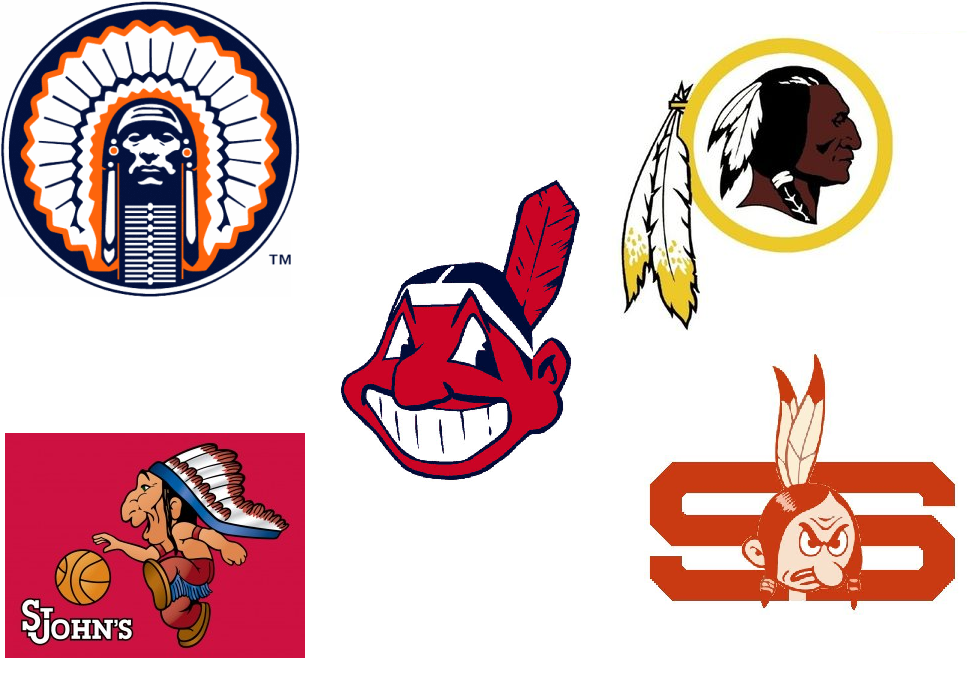Noel Lluberes.
“Our people paid with their very lives to keep what little we have left…and that is what I am protecting. At home, we are taught to respect eagle feathers, respect the Chiefs, respect that paint is sacred, that dance is something sacred to us.”

For centuries, Americans have regarded Native Americans as the “Other,” that is, fundamentally different from themselves. Majority Americans have viewed the Other Indians as lacking something, either in a good way or a bad way. Such a characterization of Indians is a stereotype. It does not represent the reality of Native American cultures and histories. It lumps together and defines Indians as somehow deficient. Stereotypes about Indians are represented in the imagery Americans have used to portray them. Native Americans were fighting for their homelands, farms, and rights to territory they needed in order to make a living for their families. Usually, these regions had been guaranteed them by the federal government in treaties, but many Americans violated the law and trespassed, often attacking Indians in the process, as happened in the Ohio Valley. When Indians tried to defend themselves, they were attacked by troops. According to United States policy, land cessions had to be agreed to by Indians. In 1812 Tecumseh’s resistance movement was about the refusal of a component of the Indian groups in the region to be coerced into leaving their homes, fields, and hunting territories. Since the 1970s, Congress and the Supreme Court have supported tribal sovereignty, that is, the recognition of the tribes’ right to self-government and economic self-support through management of their own resources. In media representations, we see Indians portrayed as lazy, greedy, and fake as they pursued these rights. Americans did not feel less American after they abandoned 19th century hair styles, horse and buggy transport, and gas lights. Yet, they viewed real Indians only as people from the past, who were not interested in making money and not capable of managing their own affairs. Indian communities efforts, for example to open casinos, or attain federal recognition or treaty rights to fish in certain places, have often been met with ridicule or hostility.
“Being Indian is not a character or role anyone can play.”

In the film “In Whose Honor” From cartoonish Indian caricatures to the tomahawk chop, the imagery of hugely popular sports teams like the Washington Redskins, the Cleveland Indians and the Atlanta Braves have played a pivotal role in the symbolic depiction of Native American culture. Example with the “Redface” it refers to the creation, and propagation of racist American Indians stereotypes, and caricatures. It also describes the systematic bias against hiring real Native Americans to play Native American roles shown by white producers, directors, and others who control the depiction of Native Americans in popular culture through casting decisions. Many of these Native Americans felt threatened, and offensive towards these sport team mascots. Native Americans experience “relative invisibility” in the media. When they are included, they generally are portrayed as historical figures individuals from the 18th and 19th centuries who wear buckskin, ride horses or live in teepees. When they are shown as modern people, they often are associated with addiction, poverty and a lack of formal education. All of this led to a negative image, and reputation in their identity according to the Native Americans. The film “In Whose Honor” basically examines the issues of racism, stereotypes, and the powerful effects of mass media imagery. It captures the passion, and resolve articulated by both sided of this contemporary controversy, and also shows the extent to which one community, that of champaign, Illinois, will go to defend and justify its mascot. How can, or will this world be if there wasn’t any discrimination of any race.